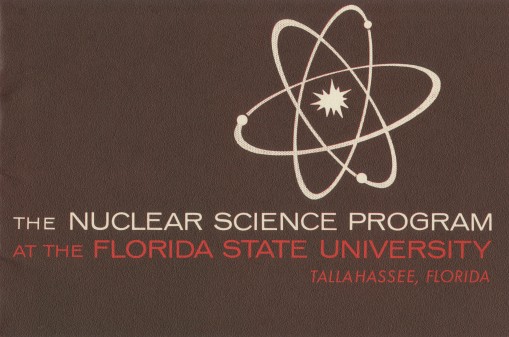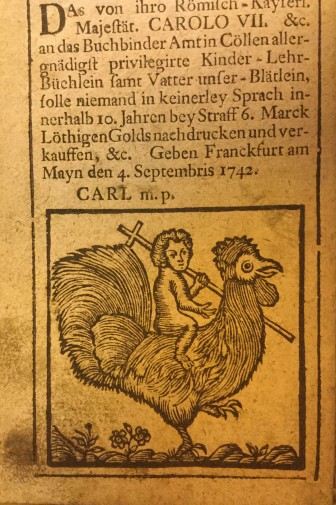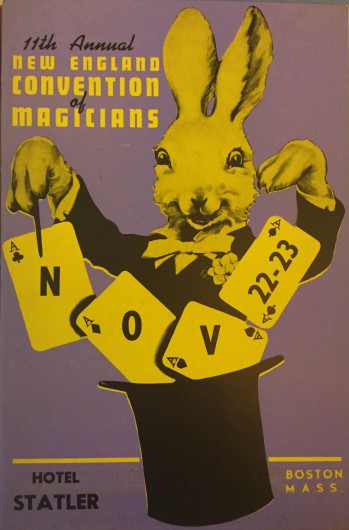Today’s blog post was written by Lindsay Fasce, a senior history major and Heritage Protocol & University Archives intern.
As of 2017, the Florida State University has a vast international studies program, which offers just under 50 programs in over 15 countries around the world. This program has grown rapidly since the launch of the first study abroad program in the fall of 1966, when 120 university students traveled to Florence, Italy for an 8-month program in the historical city. While in Florence, the students and faculty witnessed the flooding of the city when the Arno River broke its banks and poured into the city streets. They joined the aid effort to help the city protect, salvage, and preserve the priceless works of art and manuscripts damaged in the flood.

As an intern with Heritage Protocol & University Archives, I was given the task of researching these students and the efforts they made to help the city of Florence. This project began just in time for the former students to return to Florida State University in April of 2017 for a 50th reunion celebration.
I started from the beginning, searching through the existing materials in the archives for information on the inaugural Florence program. I then read through and studied all the donated materials from the alumni. I was able to use the materials I found with those donated to the archives recently to attain a better understanding of what happened leading up to the flood and the events succeeding the flood.

In 1964, Dean Dr. Ross Oglesby brought a group of Flying High Circus students on a performance tour through Europe. While in Europe, Dr. Oglesby was inspired by his surroundings and developed the idea for a study abroad program that would be conducted in the historical Italian city of Florence. The idea developed into a program, and with the help of a Florence Committee under President Blackwell, the program opened in the fall semester of 1966 headed by Dr. Conrad Tanzy.
Students interested in the program received brochures with information on the program costs, the curriculum, faculty, the facilities, and the application process. Once the applications were turned in and interviews conducted, 120 students were chosen to participate in the inaugural Florence study abroad program. Not only were the students and their families excited about the Florence program, the communities of the chosen students began to cover their stories and interview them on their upcoming historical trip. After months of preparation, the selected students flew out of New York on August 1, 1966, and arrived in Florence on September 1, 1966, for eight months of study in Italy.
The students and faculty were housed in the Hotel Capri, located close to the heart of Florence, just west of the Arno River. The Hotel Capris was not the first facility considered to house the program when Dr. Oglesby was developing and planning the idea of a study abroad program with the Florence Committee. While in Europe in 1964, he met an Italian Countess in Florence who wanted to sell her Villa to the University to use for the program. Florida State University officials informed the committee that the University, as an institution, could not buy property and they would have to find accommodations elsewhere. The program was then moved to the Hotel Capri, as its size could efficiently handle the program and its location was advantageous to the students and faculty studying in Florence.

The first days of November brought unwavering heavy rains that filled the dams along the Arno River. On November 4, 1966, the waters of the Arno River broke through the embankment and flooded Florence. Flood waters reached threatening levels in the blocks surrounding the river and caused damage as well as casualties. When the flood waters receded, it left deep deposits of mud and silt in its wake, mixed with spilled oil from cars caught in the flood. The mud made rescue and clean-up efforts difficult, and every passing day added to the destruction of the priceless art works and manuscripts housed in Florence. The Hotel Capris, the home of the FSU Florence program, was far enough away from the river where damage was minimal and all the students were safe, but the hotel was without power. The students had the choice to travel back home, but all the students and faculty decided to remain in Florence. President John E. Champion sent letters to the guardians of the students informing them of the situation and the students’ decision to stay in Florence.
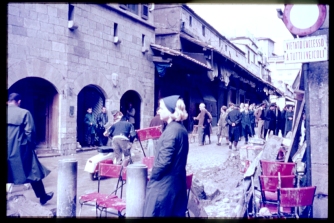
Volunteers that aided in flood relief efforts were later called the “gli angeli del fango,” or “Mud Angels.” Among these Mud Angels were Florida State students who assisted volunteers with digging through the mud and oil to preserve priceless artwork and manuscripts. The students trudged through the mud every day to libraries and churches to help with disaster recovery, then returned to their hotel covered in mud which still had no power or running water. After many days of aid work, the risk to the student’s health grew too great and the students and faculty were sent to Rome until conditions improved. In Rome, the students were awarded a certificate by the City of Rome officials for all their efforts to aid Florence and were even thanked by Pope Paul VI. In March 1967, the students left Florence and returned home safe. In 2016, the 50th anniversary of the flood, the students were invited back to Florence to be awarded and thanked for all their efforts.
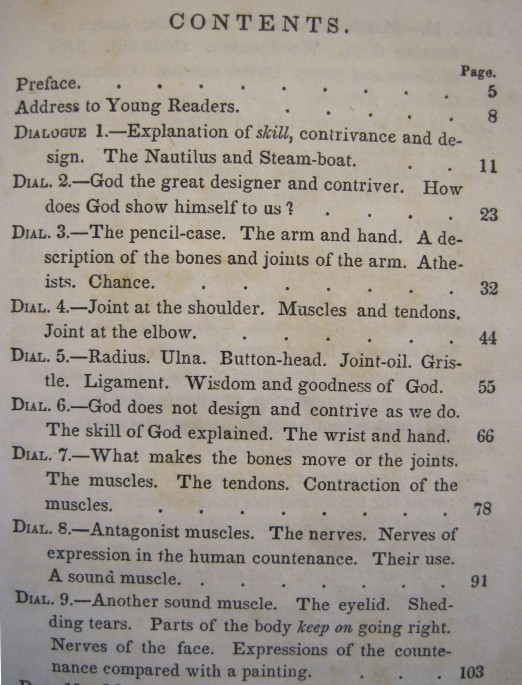

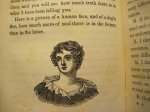
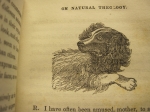
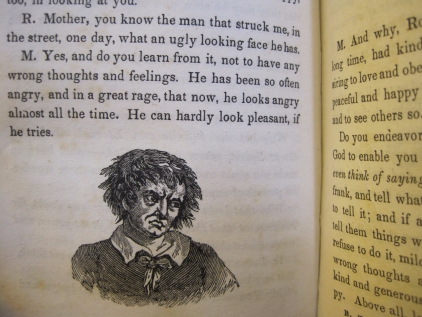
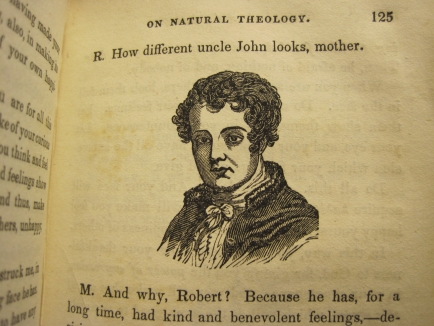
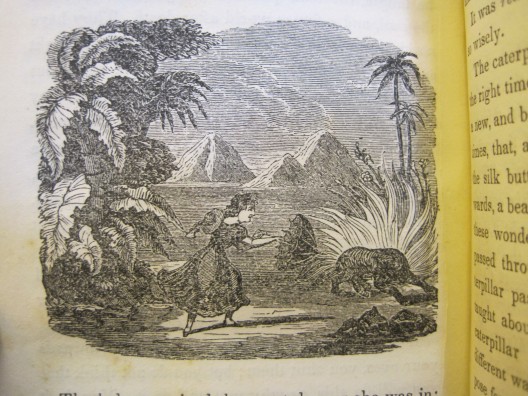


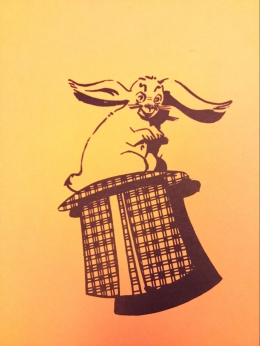



































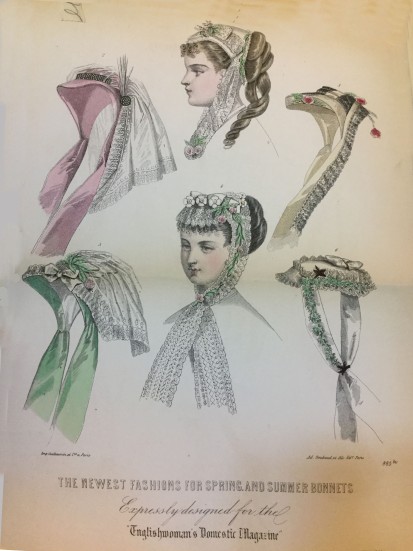
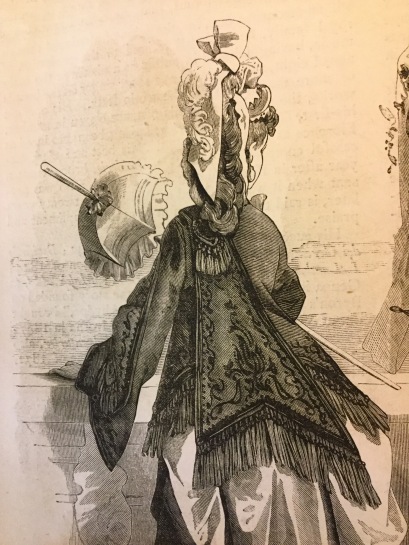
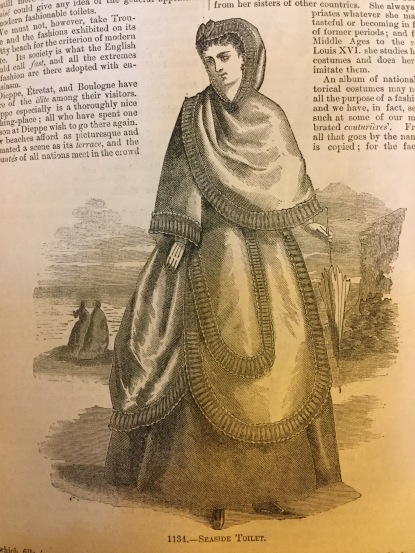
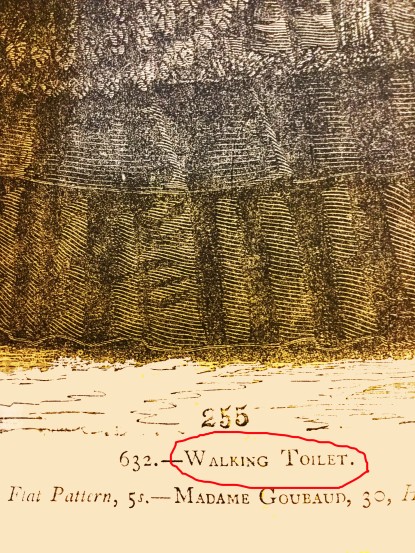
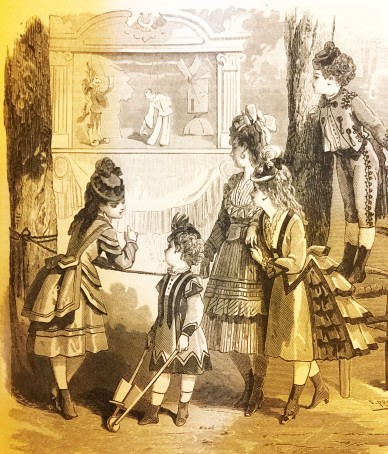
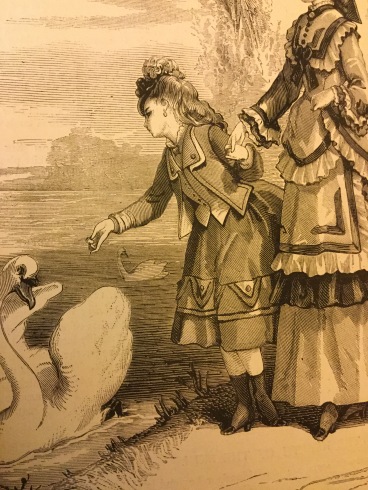
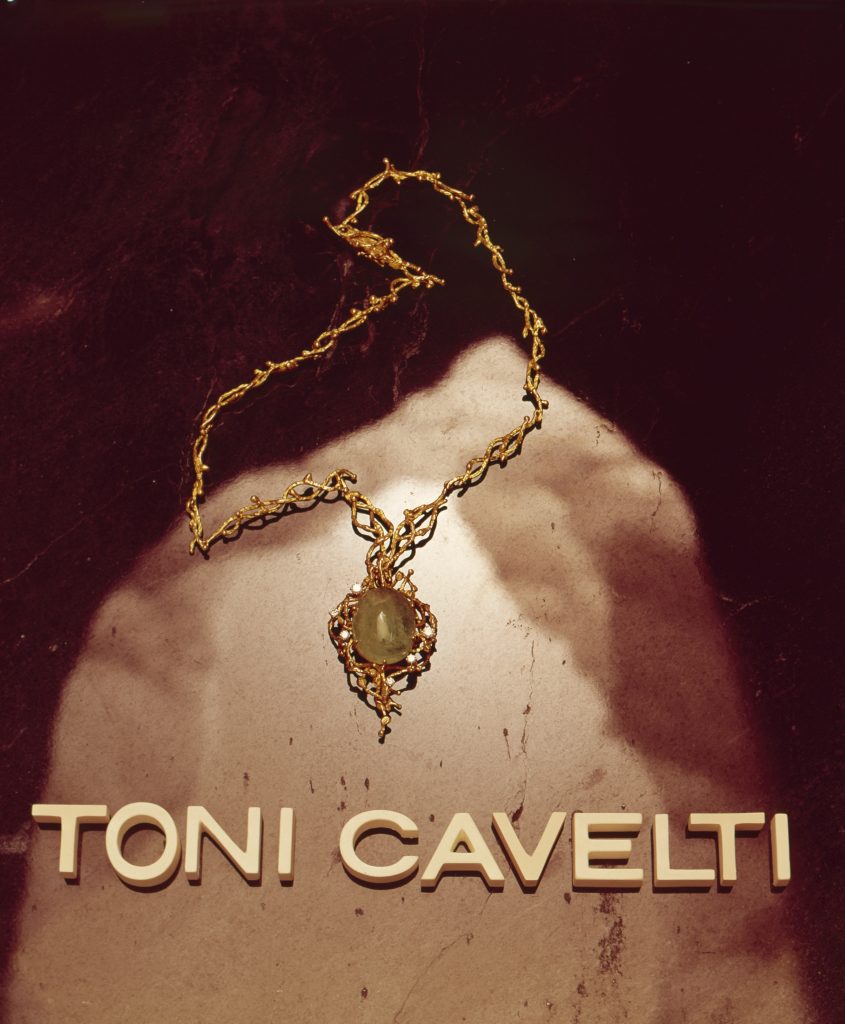
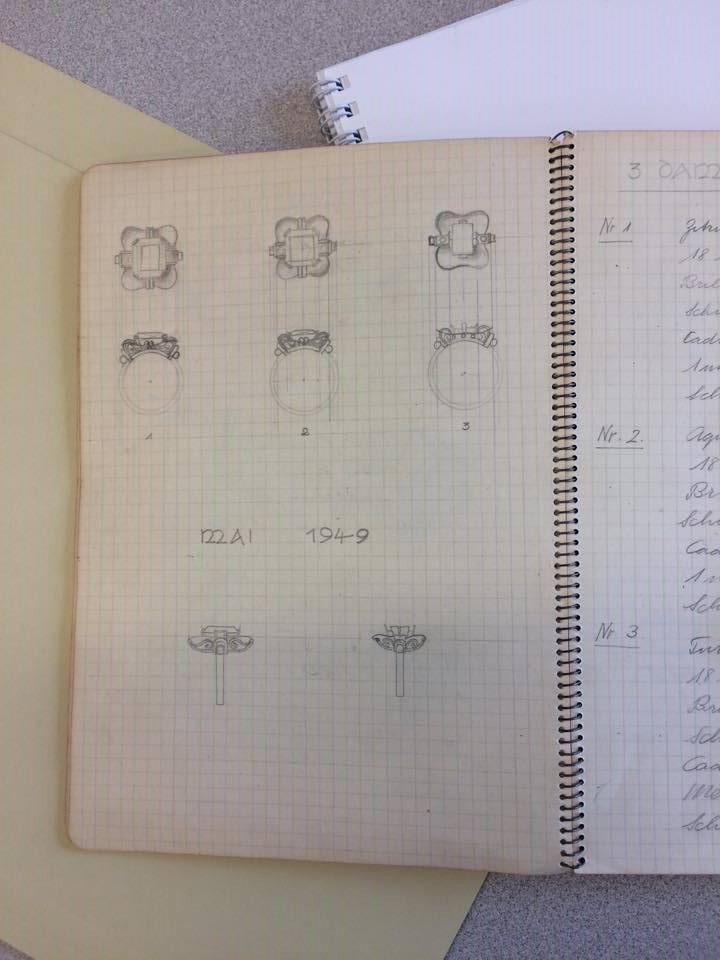
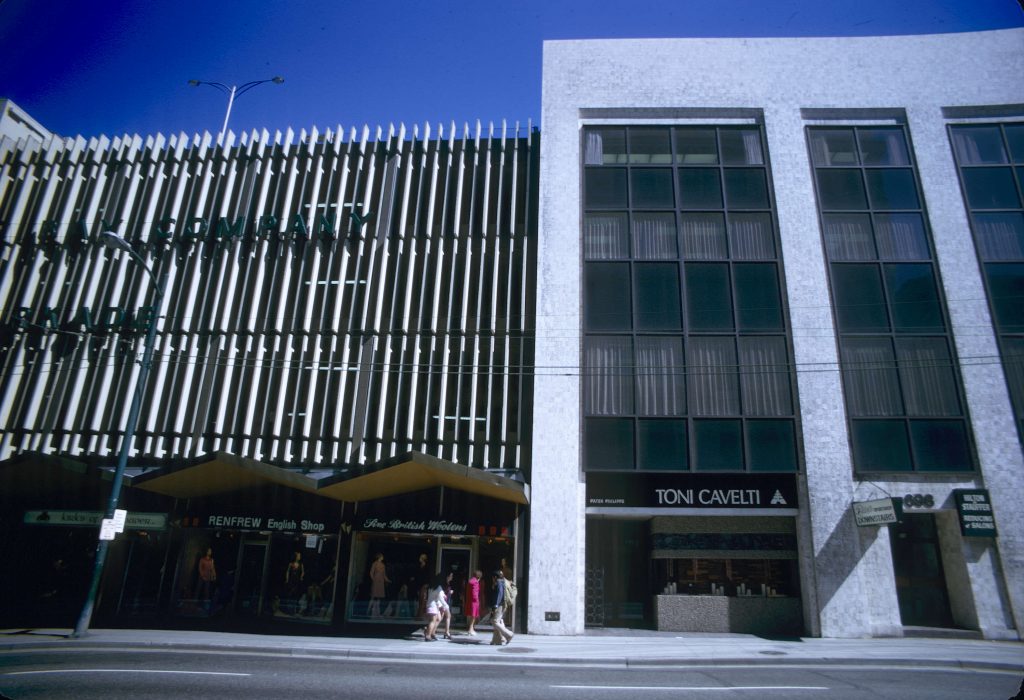
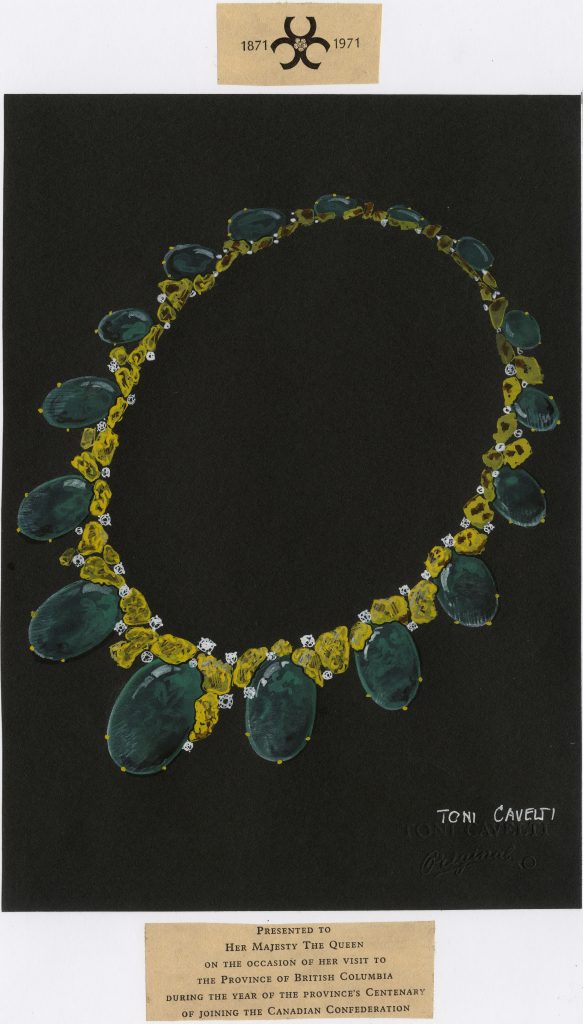
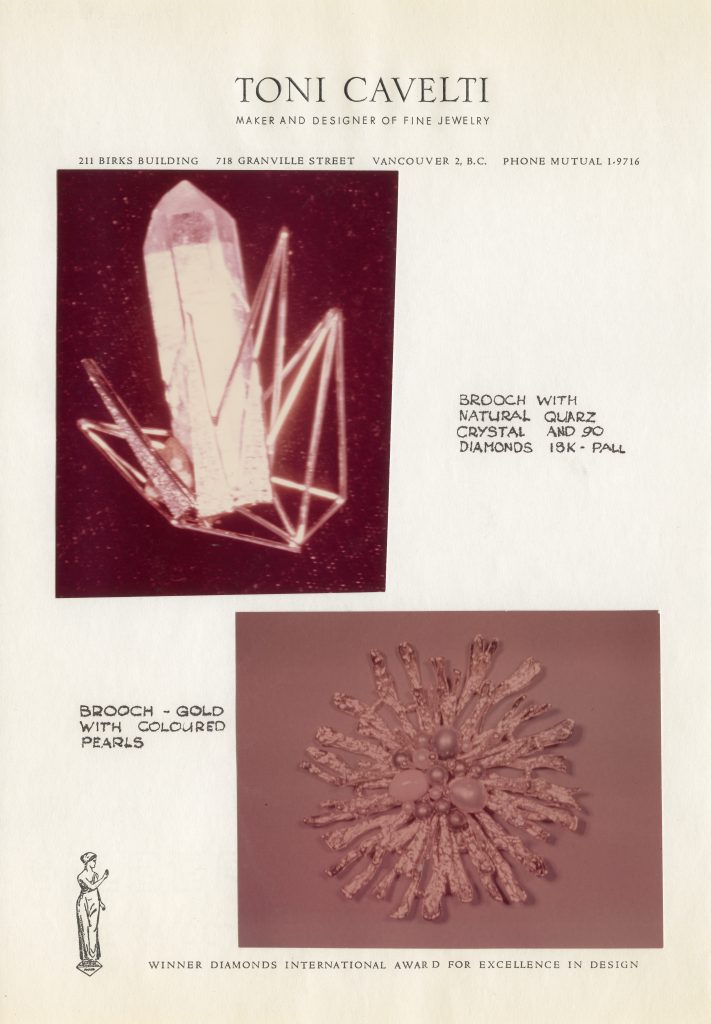
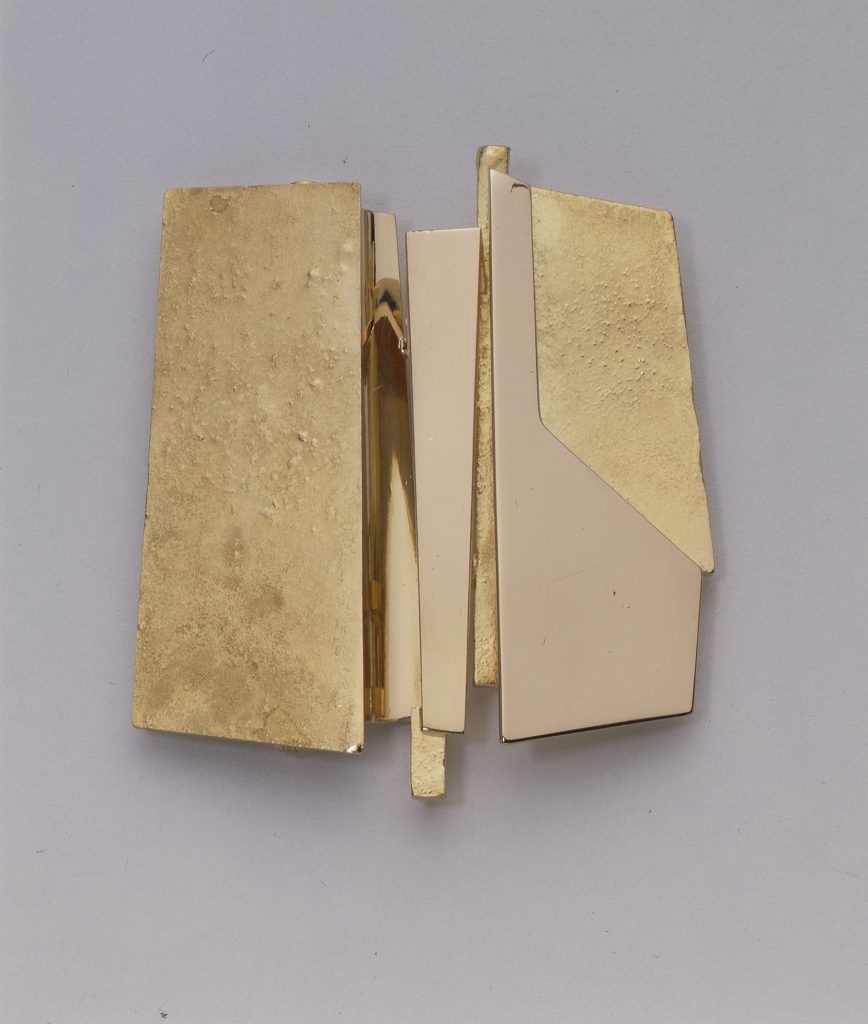
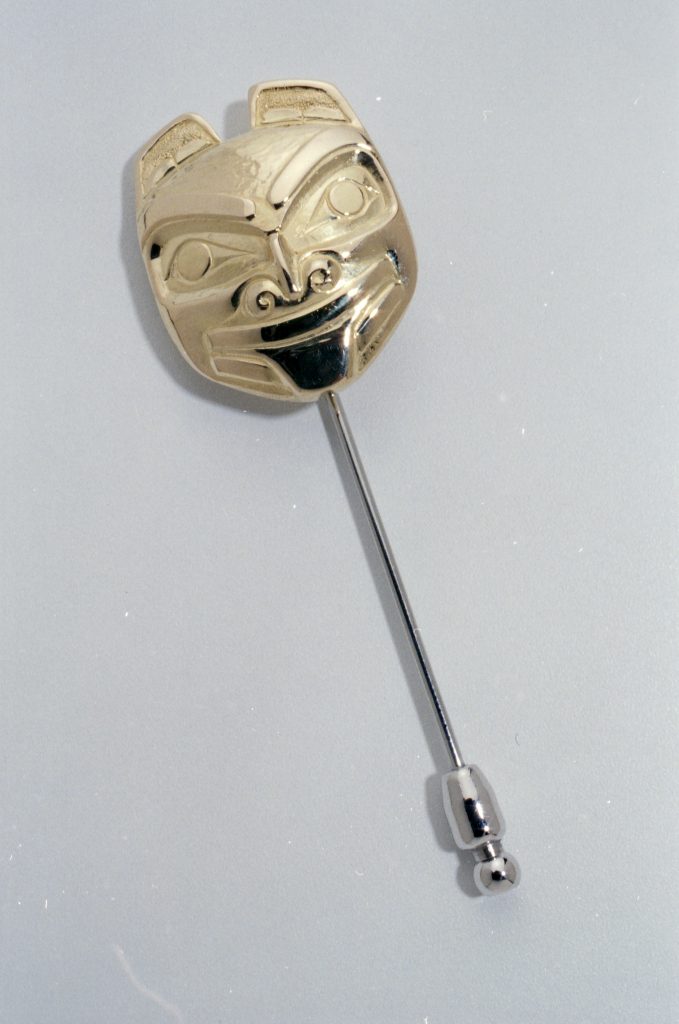
 The
The 